I’ll keep this short as if you’re reading this you’ve likely lots of more important things to read. I’ll start by sharing a combination of advice I was given and finish with what happened in my clinicals and vivas. I haven’t gone into detail as all you need is an idea to get you started on your own path
For the written exams ensure you build up to 100 questions per sitting. You need to build your stamina and make sure you will be as sharp at the end of the exam as you are in the beginning
I personally did orthobullets and read the text after every question. I went through it once and did not repeat any questions. I then did every book I could get my hands on. I saved old UKITE examinations for the week before the exam and sat them at the same time of day I would the actual exam, under exam conditions to ensure I was prepared.
Total questions done – between 10,000 and 15,000
I revised 2hrs a day. I wish I had then done 10hrs over the whole of the weekend but with two kids it was more like 0-2.
I would suggest making a revision plan. When you achieve it (ie 2hrs a day or x chapters) stop. Doing more will risk burn out. I started with broad goals and as the exam got closer made them more specific. By the end I made an hourly revision and time out timetable (sad I know).
I found it really helpful to make notes on each chapter of seminal texts. It saved me going through the whole book again. I also only made notes on one side of A4. Then I had space for more notes but also psychologically I felt like I was getting through more revision as half the pile was empty.
The last thing I found really helpful was a small note book I used. Everytime I came across something I didn’t really know I would jot it down. It was a real mix from page to page but it meant I could revise the things I didn’t know efficiently and it was more fun skipping from topic to topic.
The clinicals and viva – the only way you can prepare is to get talking. Put yourself in positions that will lend themselves to viva practice. My revision group had 12 sessions with local consultants and they were invaluable. They were usually out of hours, so get organising early. We also all attended extra clinics.
Courses. You don’t need to do a specific basic science course, its all in the book and you will get BS vivas at FRCS courses. You only need to do one exam course. These courses aren’t there for you to be taught, they are there to get you to refine your technique. You should go to the course with your knowledge already exam ready. I did Oswestry – it was OK. I hear Chesterfield was good. Post exam I helped with Norwich which had a much higher quantity and concentration of patients than I got in my prep and I would definitely recommend (Its also not too expensive).
The only thing to say about the clinicals and vivas is they are a time to shine. You will know your stuff, you just need to prove it. As soon as you see pathology start talking about it, make sure you examine the pertinent points for that pathology and tell the examiner as you do it, why. As soon as the examiner hears what they want you will be moved on to the viva section of your station and will hopefully be gaining marks
Don’t practice 5 min examinations. It is a 5 min station. If you can get through your examination in 1 min then great, you have 4 mins of viva.
Good Luck!
Clinicals:
Shorts:
Boutonnier with trigger and subluxed ext
Dislocated DRUJ post distal radius growth arrest
Base thumb pan trapezial OA
Bilateral hip OA post bilateral Perthes hip
Valgus knee OA
Chronic TA rupture, with hallux valgus and pes planus
Intermediates:
Bilateral scapholunate, one side base thumb OA, one side pan carpal arthritis
Below knee amputation with previous femoral distraction osteogenesis post trauma, with a painful knee
Viva:
Path
Lytic radial shaft #
Tib nail develops compartment syndrome
Diabetic foot with lateral ulcer
Spondylolisthesis
Cause equina incomplete then complete
Valgus OA knee with stress fracture
Trauma
Comminuted femur fracture with intertrochanteric fracture
Homolateral lisfranc
Talar neck fracture
Posterior elbow dislocation
Open pelvis
Hand
PII # dislocation
FDP Avulsion
Galeazzi
Paeds
Teratologic bilateral hip dislocation
SUFE moderate slip presented as knee pain
Scoli due to limb length discrepancy – lots on limb length prediction
Basic Science
Poly wear mech and modes, manufacture sterilisation and properties
Osteolysis in THR cell activation
Articulate cartilage
Bone healing in tibial nail
Nonunion – biological and mechanical
Meniscus anatomy and structure, knee biomechanics
